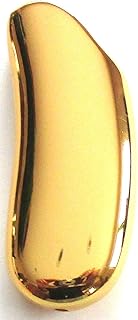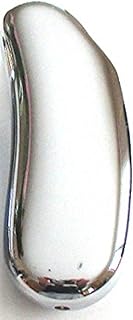The Science Behind a BIC Lighter's Flame
A BIC lighter is a marvel of simple, yet effective engineering. It uses a combination of chemical reactions and physics to produce a reliable, controlled flame. Here's a breakdown of the science behind it:
1. The Fuel: Butane
* Liquid Butane: The lighter contains butane, a highly flammable hydrocarbon gas, stored in a pressurized liquid form.
* Vaporization: When you press the lighter's button, you release pressure on the liquid butane. This causes it to vaporize, turning into a gaseous form.
2. The Spark:
* Flint and Steel: The lighter uses a small flint wheel that, when spun, strikes a piece of steel. This creates sparks.
* Piezoelectric Effect: The sparks are generated using the piezoelectric effect. When you press the button, a small hammer strikes a piezoelectric crystal, which releases a high-voltage electric current. This current jumps across a tiny gap, igniting the butane vapor.
3. The Flame:
* Combustion: The spark ignites the butane vapor, triggering a rapid chemical reaction called combustion.
* Oxygen: The butane vapor reacts with oxygen in the air, releasing heat and light in the form of a flame.
* Flame Color: The color of the flame is determined by the temperature of the burning gas. The butane flame is typically blue due to its relatively high temperature.
4. The Control Valve:
* Regulating Fuel Flow: The lighter features a small control valve that regulates the flow of butane vapor to the flame. This allows you to adjust the flame size and intensity.
5. The Safety Features:
* Child-Resistant Feature: Modern lighters often include a child-resistant safety feature, which requires a specific combination of pressure and movement to activate the lighter.
* Flame Safety: The flame is designed to be safe and controlled, with a small, focused flame that is less likely to cause accidental fires.
In Summary:
The BIC lighter is a marvel of engineering that combines simple principles of physics and chemistry to create a safe, reliable, and easy-to-use source of flame.


